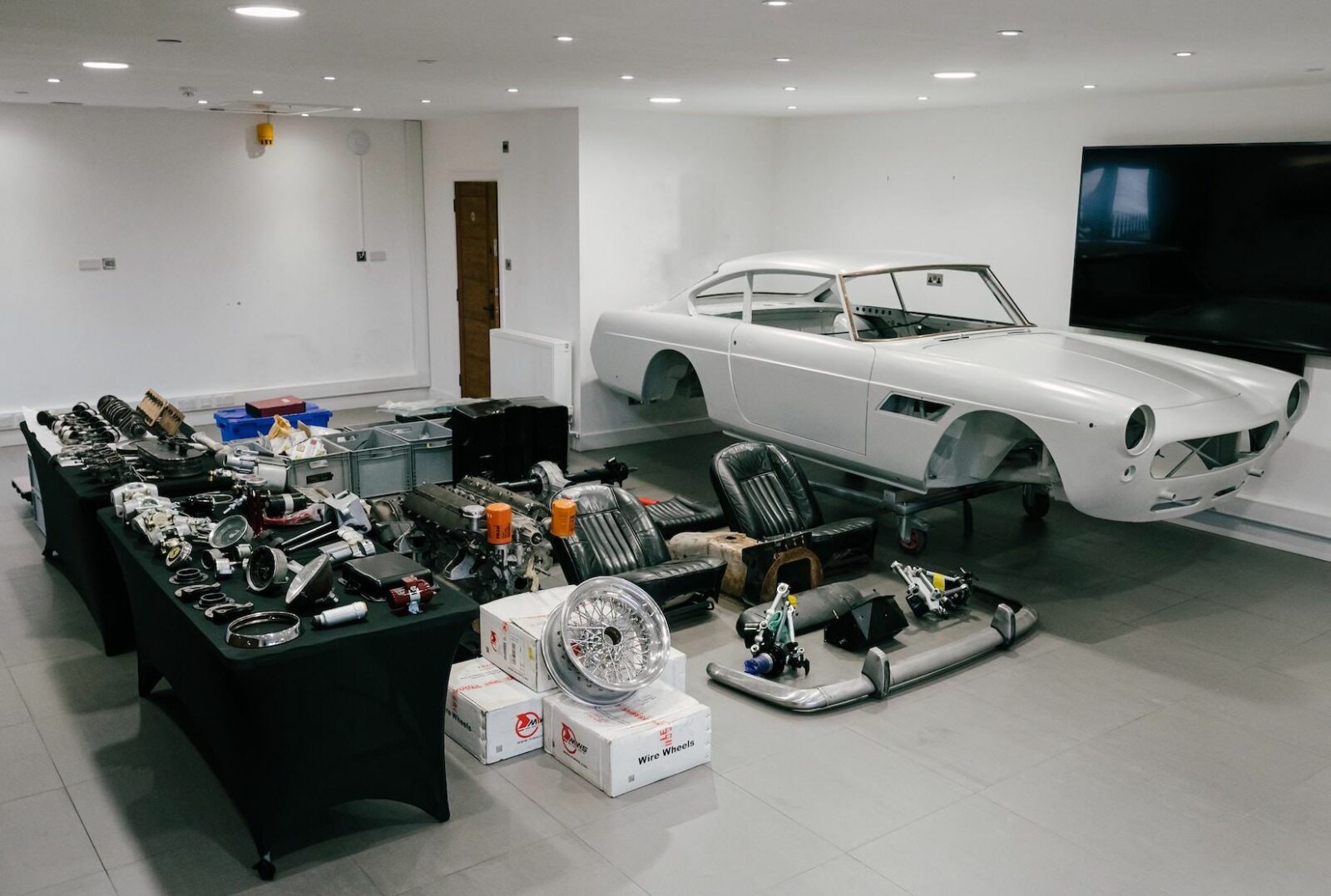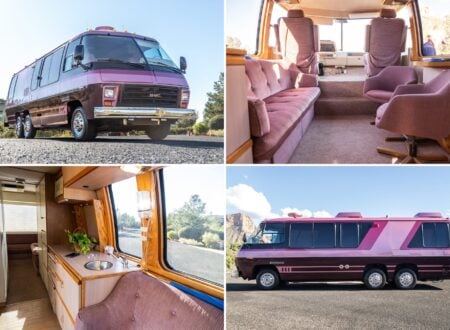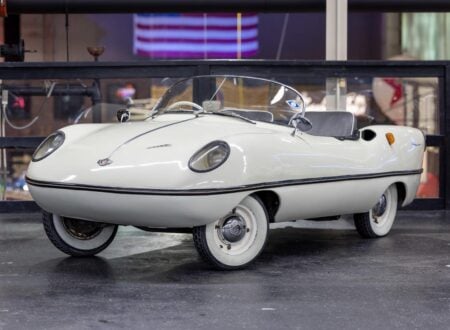This is a Ferrari 250 GTE and as you can see, it’s part way through a stalled restoration. It’s now being offered for sale so that a new owner can complete it and get it back on the road.
The 250 GTE is a historically significant Ferrari, it was the first four-seater the company made in signifiant numbers, and it would become the most commercially successful Ferrari of the time with almost 1,000 made in total.
Fast Facts – The Ferrari 250 GTE
- Production of the Ferrari 250 GTE began in 1959 and ended in 1963 with a total of 954 cars made not including development prototypes. The car was designed at Pininfarina and featured attractive fastback coupe styling.
- The 250 GTE was powered by the same Colombo Tipo 250 V12 engine as many of the other cars in the Ferrari 250 series, with a displacement of 3.0 liters producing 240 bhp. Power was sent to the rear wheels via a 4-speed manual transmission with overdrive.
- Ferrari had conceived the 250 GTE to provide a genuine GT car, or grand tourer, that would provide seating for four with ample trunk space.
- The model became a major source of revenue for Ferrari in the early 1960s, it was produced in vast numbers and rumor has it that Enzo Ferrari himself used one to transport himself, his driver, his wife, and their beloved pet dog.
A Ferrari For Families
Before the arrival of the Ferrari 250 GTE in 1959 the Italian automaker had been almost entirely focused on the design and construction of both out-and-out racing machines, and high-performance road cars.
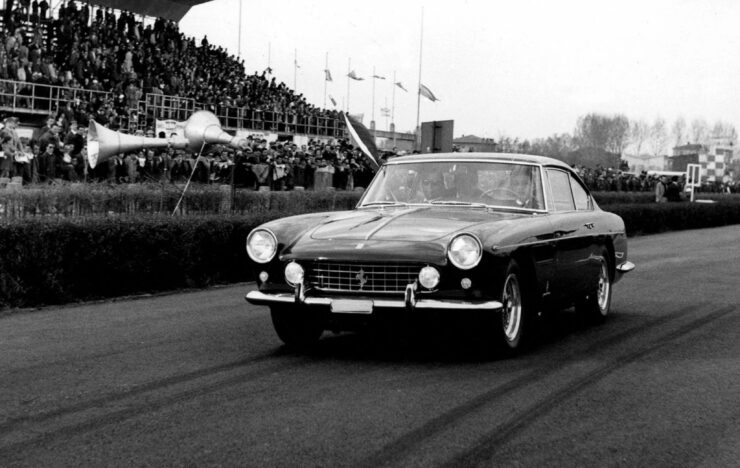

The 250 GTE represented a slight change in direction – putting the company on a course that would result in many more four-seat cars in the future, and eventually in a five-seat luxury SUV with the release of the 2024 Ferrari Purosangue.
Some cry sacrilege of course, but ultimately its cars like the Purosangue help fill the order books and from there the coffers – allowing Ferrari more generous budgets for developing the supercars and high-end GTs that gave them the reputation they now enjoy.
Interestingly when it came time to publicly unveil the 250 GTE Ferrari chose to showcase it as the course car at the 24 Hours of Le Mans in 1960.
Le Mans has always been a wildly popular event in Europe, with many families traveling significant distances to attend – it was possibly the wealthier families in attendance that Ferrari hoped to appeal to.
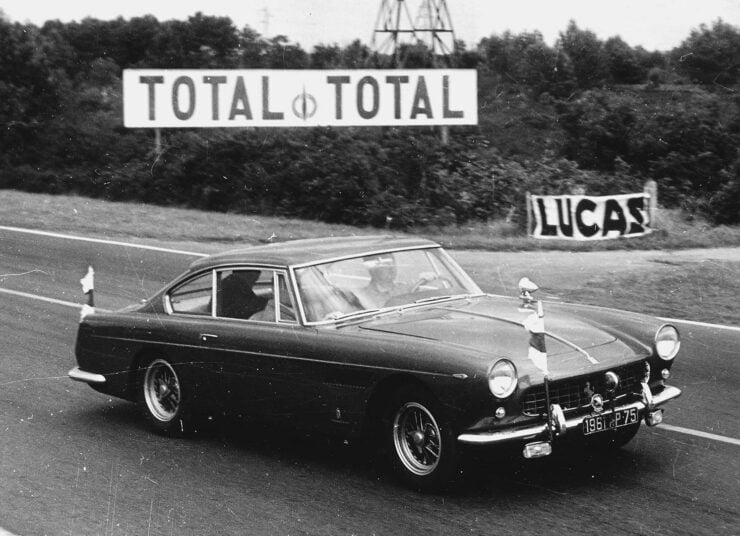

It was later shown at the more traditional Paris Salon later in 1960, orders came in thick and fast for the GTE and it must have been very clear that they had a winner on their hands early on.
The Ferrari 250 GTE – Specifications
The Ferrari 250 GTE was an experiment of sorts, it was developed on a relatively low budget as the company opted to use the popular 250 series chassis, running gear, and drivetrain. Despite the fact it was planned from the outset to be a proper 2+2 it maintained the same 2,600mm wheelbase as many of the other 250s.
The dimensions of the 250 GTE are relatively close to the 250 GT Coupé and Cabriolet, in fact it was just 300mm longer, 60mm wider, and 50mm lower, weighing approximately 80 kilograms more. Additional internal space was created by moving the engine forward slightly, the new body had more weight in the rear so this didn’t harm balance in the same way it may have done in a shorter vehicle.
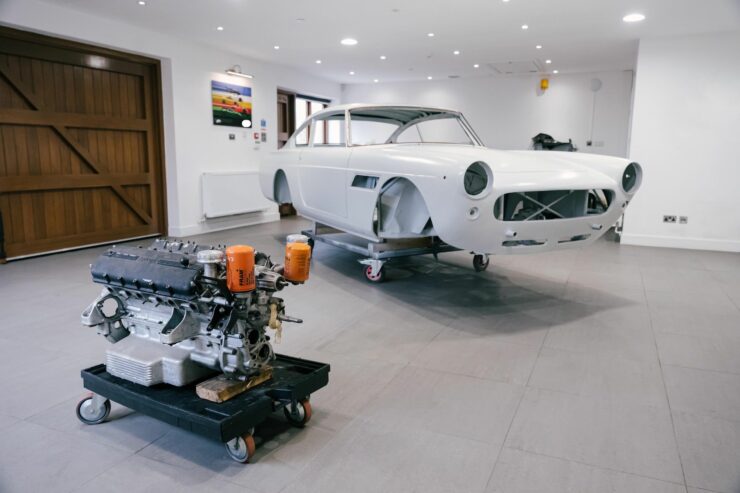

Inside the 250 GTE you’ll find two comfortable front seats and two relatively comfortable rear seats capable of accommodating full-size adults when needed – they even got their own center console and a private ashtray.
Power was provided by a Colombo Tipo 250 V12 engine with a displacement of 2,953cc of 3.0 liters. This engine was an engineering tour de force with a lightweight aluminum-alloy block and heads, a single overhead camshaft per bank, three Weber 40 DCL carburetors, and it was capable of 240 bhp at 7,000 rpm.
The 250 GTE was a spritely performer, able to cruise comfortably while fully loaded with passengers and luggage, with an autobahn-friendly top speed of 230km/h or approximately 143 mph.
The 1961 Ferrari 250 GTE Project Car Shown Here
The car you see here is a partially completed project that comes in relatively complete form, including the chassis, body, engine, transmission, wheels, front, seats, suspension, and many other parts.
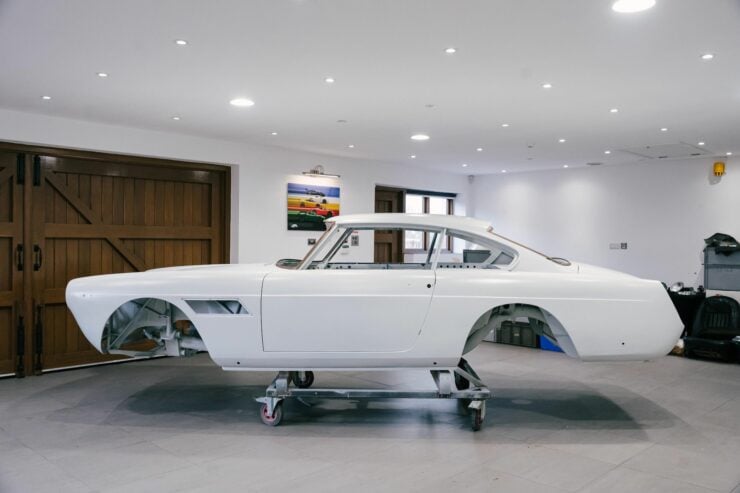

It should be noted that the engine now with the car is not the number-matching original, though it is a correct Colombo V12 for the 250 GTE. Both the engine and the gearbox will need to be rebuilt before they’re fitted to the car.
It’s clear that there’s a lot of work to do here to get this car complete, the good news is that when its stripped down like this there’s almost no where to hide nasty surprises, so the buyer should be able to get a very good idea of what they’re getting themselves into.
The car is now being offered for sale on Collecting Cars out of Hertfordshire in the United Kingdom, if you’d like to read more about it or register to bid you can visit the listing here.
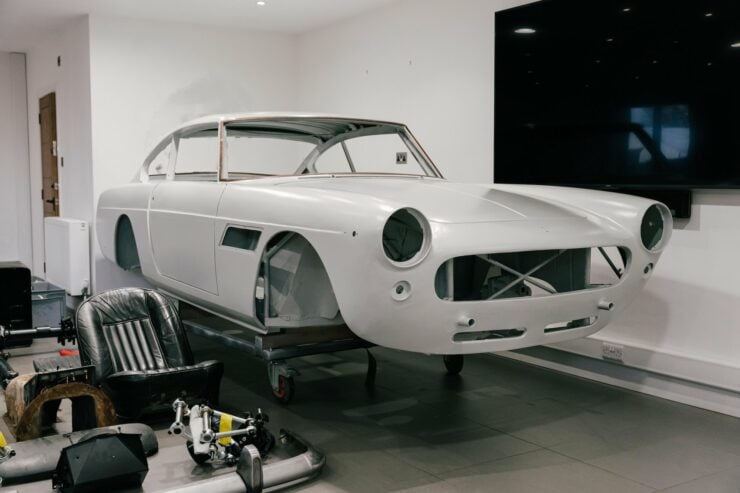
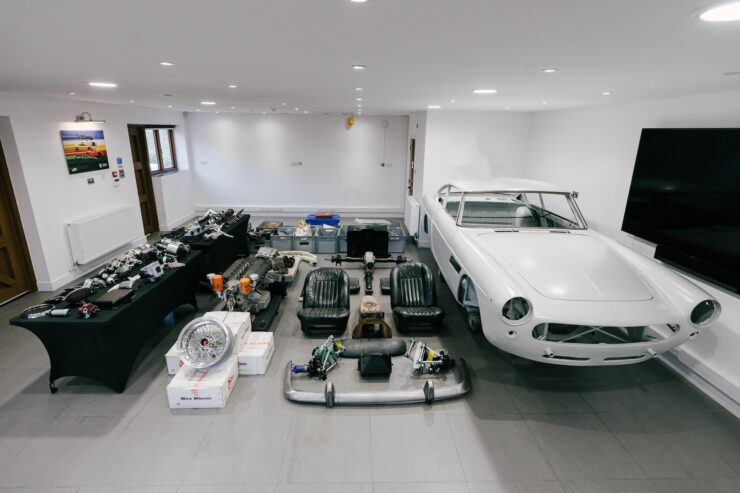

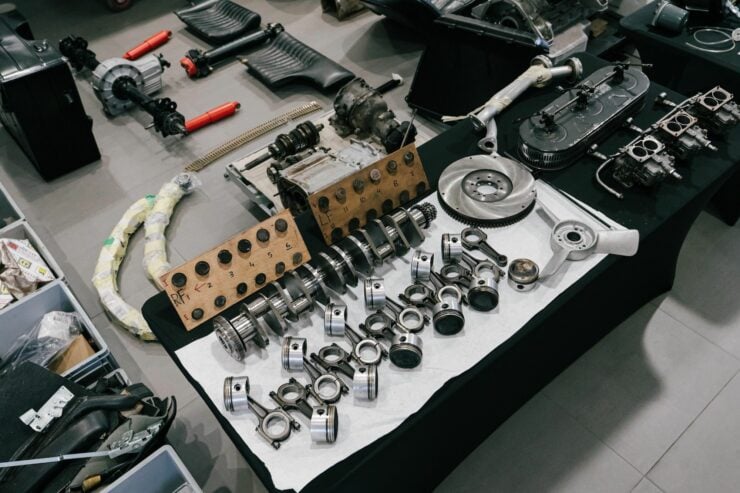
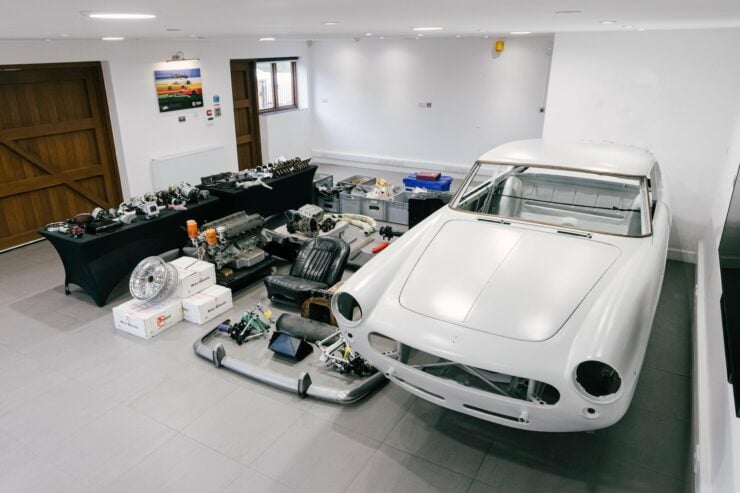
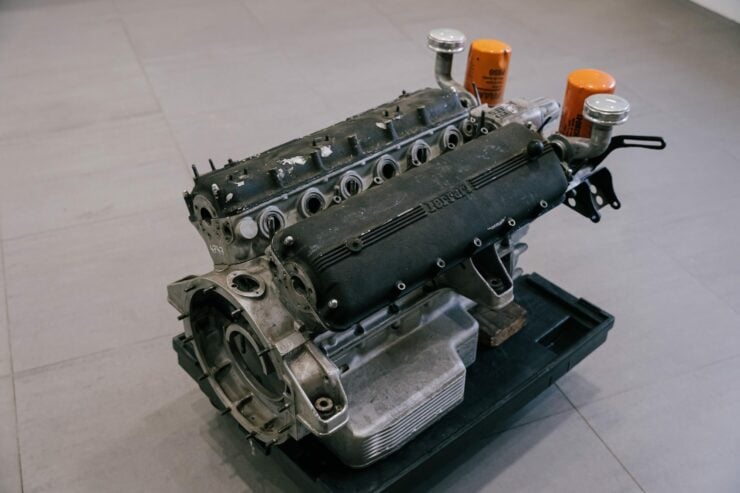
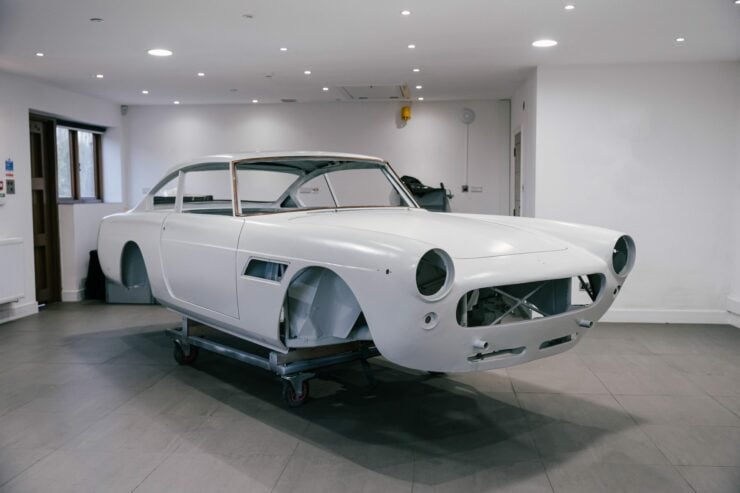
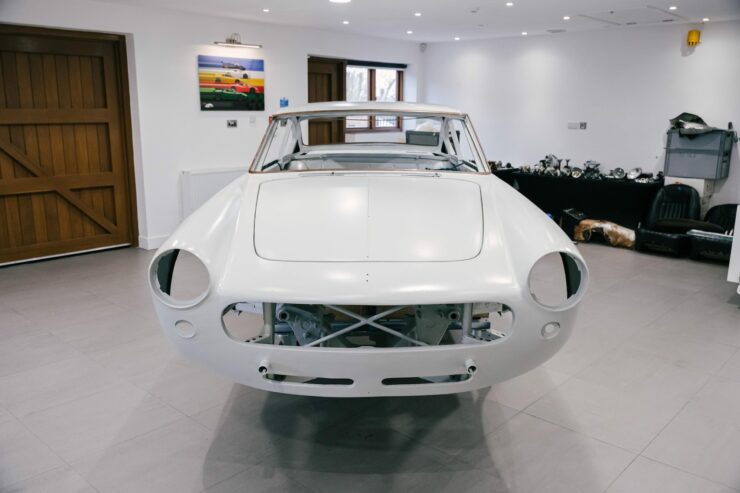
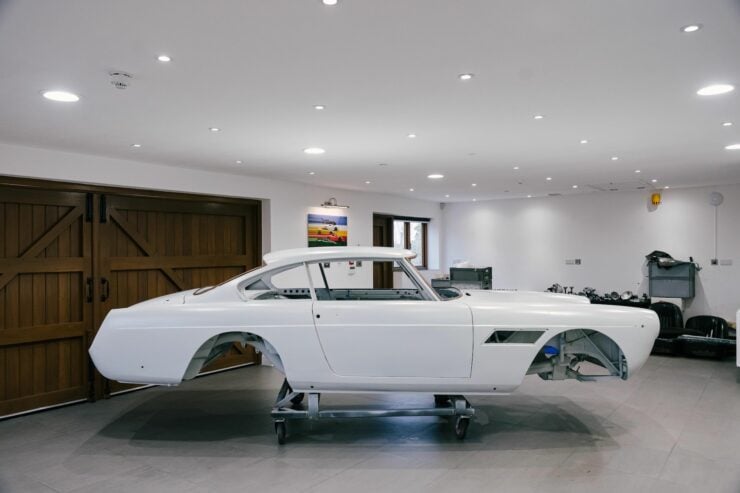
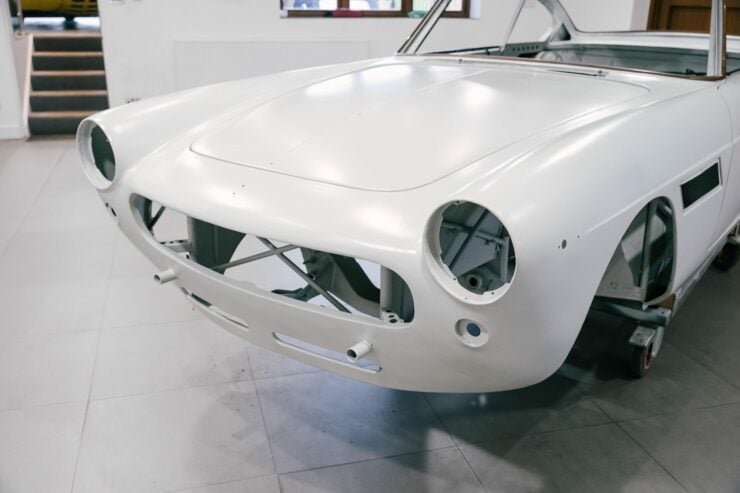
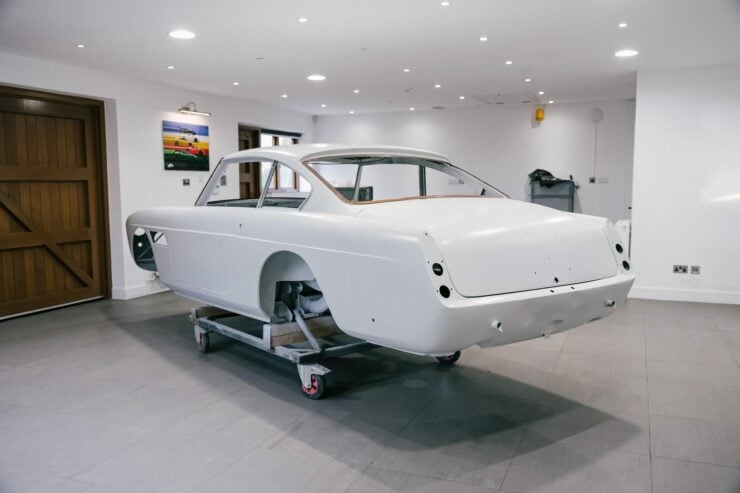
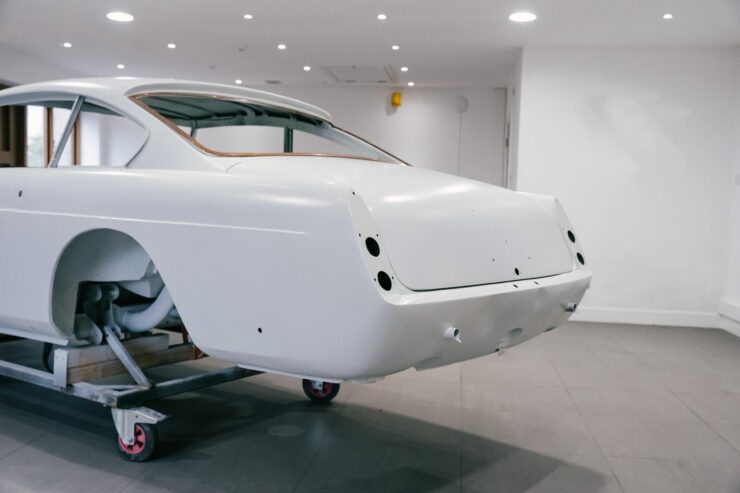
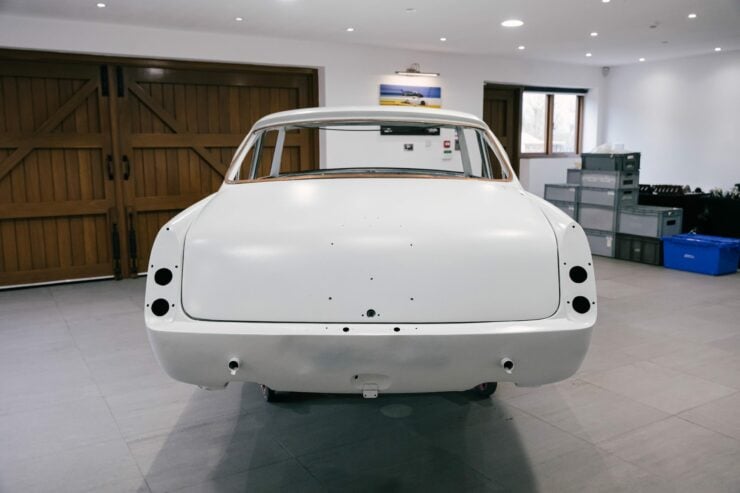
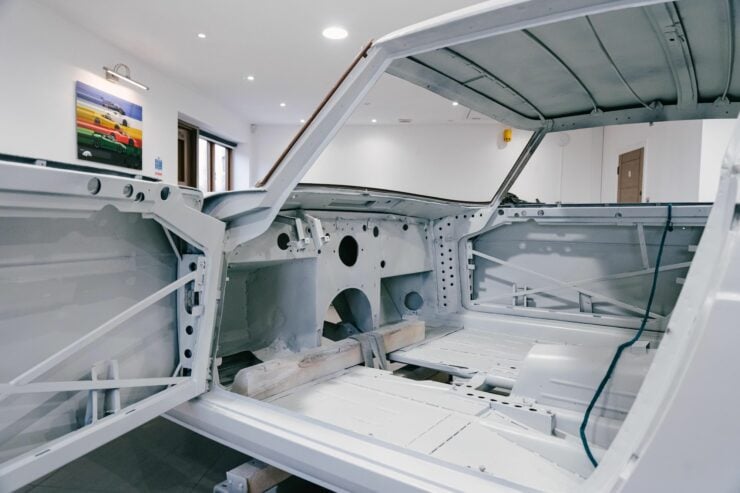
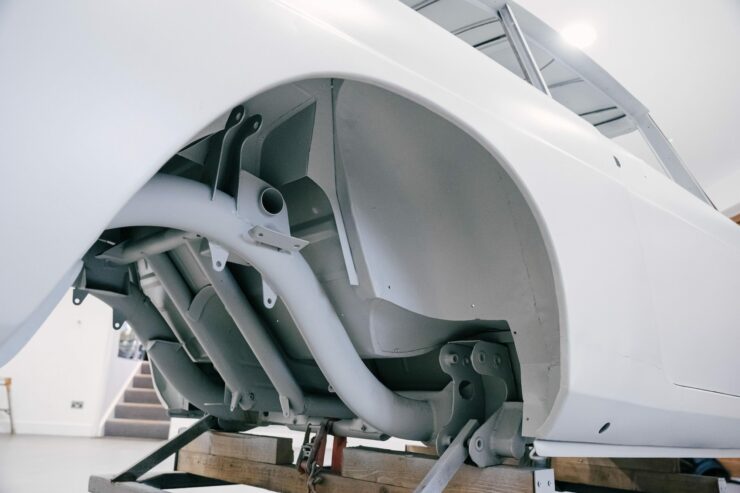
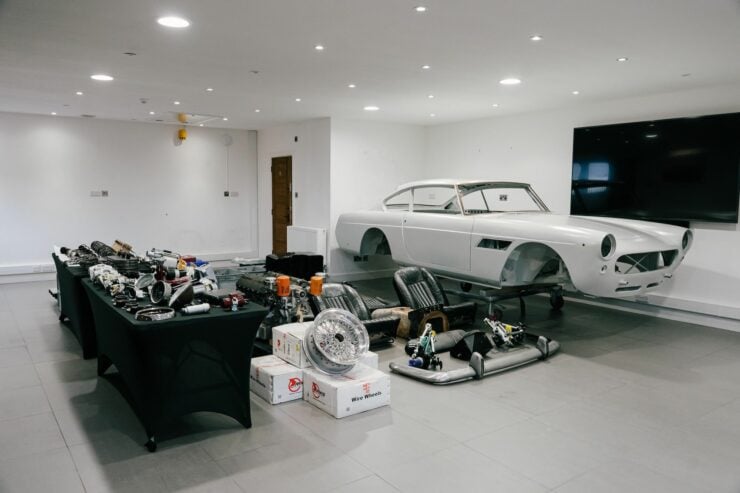
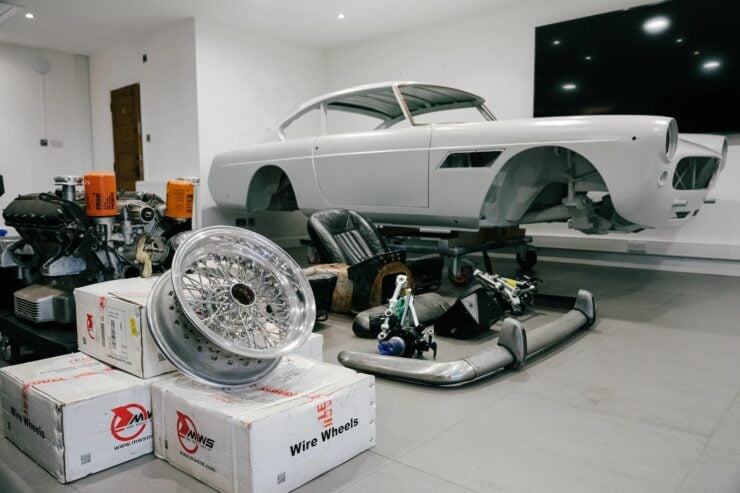
Images courtesy of Collecting Cars

